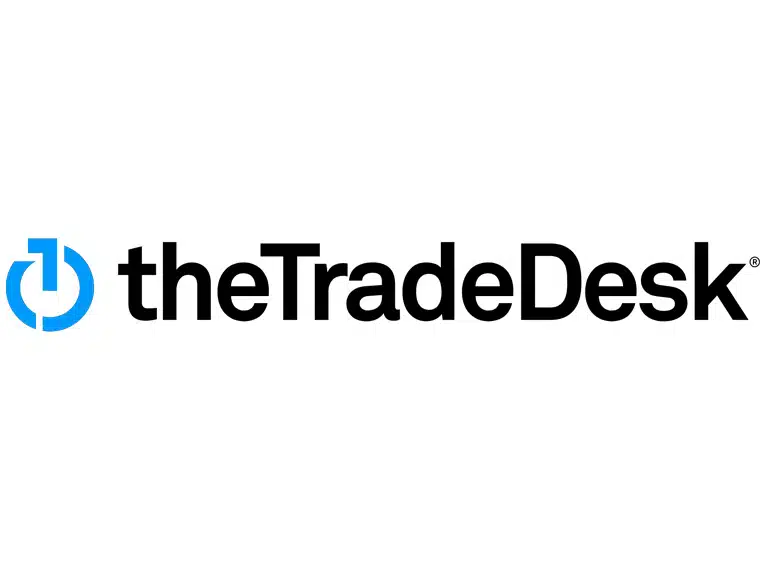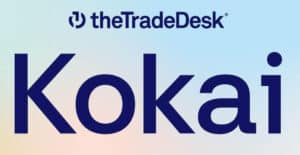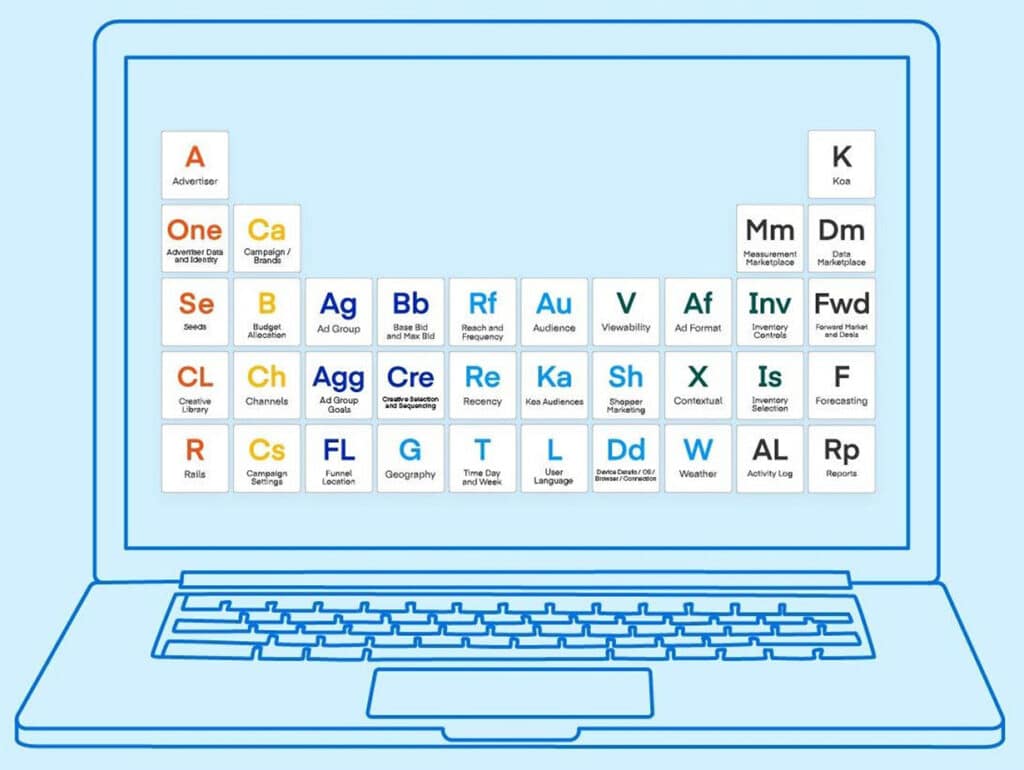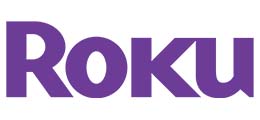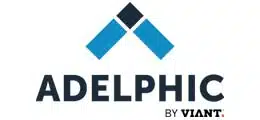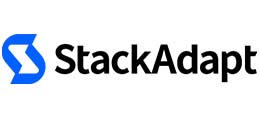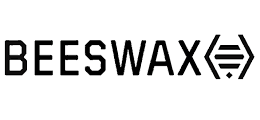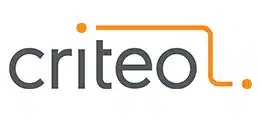Exploring The Trade Desk Platform
Introduction to Programmatic Advertising
Programmatic advertising has revolutionized the way digital advertising is bought and sold, using automated technology to streamline the process and maximize efficiency. By leveraging a like The Trade Desk, advertisers, brands, and agencies can launch programmatic advertising campaigns that precisely target audiences across a variety of digital channels. This data-driven approach allows for real-time adjustments and optimization, ensuring that ad campaigns deliver strong campaign performance and return on investment. As digital advertising continues to grow, programmatic ad campaigns have become essential for reaching target audiences on connected TV, display, video, and social media platforms. The Trade Desk’s platform empowers advertisers to make smarter investment decisions, optimize media spend, and achieve better results throughout the entire customer journey.
What is The Trade Desk?
The Trade Desk is a global Demand Side Platform (DSP) headquartered in California and publicly traded on the NASDAQ under the ticker symbol TTD. Recognized as one of the leading independent DSPs, with a strong commitment to innovation in programmatic advertising, The Trade Desk provides advertisers with the technology to plan, execute, and optimize data-driven digital advertising campaigns across multiple channels. The platform helps businesses measure ROI and drive business outcomes by providing actionable insights and demonstrating the value of advertising investments.
Designed for programmatic buyers, agency trading desks, direct brands, performance marketers, and marketing professionals who leverage the platform for advanced campaign strategies, The Trade Desk enables real-time media buying across premium inventory sources. The Trade Desk’s services support campaign execution and optimization through automation, analytics, and integration capabilities. Advertisers can target audiences using advanced data, control frequency, and measure performance across formats like Display, Mobile, Video, Native, Connected TV (CTV), Digital Audio, and Digital Out-of-Home (DOOH).
The Trade Desk’s data-driven approach empowers clients to achieve growth and long-term business success.
Gourmet Ads is Fully Integrated with The Trade Desk
Gourmet Ads is fully integrated with The Trade Desk, providing programmatic buyers with seamless access to our Managed and Curated food and grocery inventory. This integration supports multiple advertisers bidding for ad space in real time, fostering a competitive and open marketplace. Our direct integration is powered through Microsoft Advertising (formerly Xandr), enabling a high-performance connection between advertisers and our premium supply, and connecting to supply side platforms for broader inventory access.
While Programmatic Buyers can transact through both Open Exchange and () Deals, preferred activation is via PMP Deals. This approach provides greater transparency, operational efficiency, and full buying control, offering more transparency for advertisers and building trust, alongside enhanced access to detailed reporting. With visibility into deal performance, impressions, and spend, advertisers can make real-time optimizations to improve outcomes.
We support a broad range of media types—Display, Mobile, Video, Native, Connected TV (CTV), and Audio—aligned to specific campaign goals and audience strategies. All Gourmet Ads PMP Deals are automatically synced to your The Trade Desk account, ensuring rapid activation and a streamlined buying experience.
This integration supports very high user match rates, significantly improving targeting accuracy and media efficiency. By leveraging Xandr’s robust identity graph, we deliver higher addressability and better reach across campaigns—ensuring advertisers connect with high-intent food and grocery audiences at scale.
This direct, frictionless integration ensures consistent delivery, fast ramp-up, and optimized performance for programmatic advertisers looking to drive results.
The Trade Desk Reporting from Gourmet Ads
Programmatic Advertisers that use The Trade Desk with Gourmet Ads can have access to our Programmatic Buyer Report Cards each month.
Contact Us for more information.
What Does The Trade Desk Demand Side Platform Do?
The Trade Desk is a cloud-based Demand Side Platform designed for programmatic media buying across multiple digital environments including display, mobile, video, connected TV, audio, and digital out of home. It connects to global supply through OpenRTB, leveraging the open internet as the ecosystem that enables broad access to digital ad inventory, and processes over 15 million ad impressions per second, evaluating each in under 100 milliseconds.
The platform ingests bid requests from multiple Supply Side Platforms, analyzes them using proprietary bidding algorithms, and determines the optimal impression to buy based on targeting, budget, frequency, and predicted value. These real-time calculations are supported by historical data, campaign goals, and advertiser inputs.
A core function of The Trade Desk is audience targeting. The platform enables advertisers to reach and engage consumers across multiple touchpoints, optimizing campaigns based on consumer behavior and purchase intent. Users can onboard CRM data, activate third party segments, or build modeled audiences within the interface. The platform supports Unified ID 2.0, an open identity framework that allows for deterministic targeting without cookies. Early studies show campaigns using UID2 can outperform cookie-based approaches in both engagement and efficiency metrics.
The platform’s AI component, known as Koa, automates many decision-making processes such as bid adjustments, pacing strategies, and budget allocation, allowing users to focus on strategic analysis and campaign optimization. Koa analyzes campaign-level signals continuously to refine performance against key objectives. This contributes to consistent cost control, particularly in high-volume auction environments.
Reporting is delivered in near real time through a centralized dashboard. Metrics such as impressions, CPM, viewability, clicks, conversions, and cross-device attribution are tracked at granular levels. These outputs can be used for campaign optimization or exported for integration with third party measurement tools.
In technical terms, The Trade Desk operates as a high-throughput, low-latency media decision engine. It combines identity management, audience segmentation, predictive modeling, and event-level analytics within a single programmatic buying framework.
Key Features and Capabilities of The Trade Desk
The Trade Desk stands out as a leading platform for programmatic advertising campaigns, offering a robust suite of features designed to help advertisers reach their campaign goals. With advanced data management tools, advertisers can harness powerful segmentation and audience insights to drive campaign performance. Real-time bidding capabilities ensure that ad placements are both efficient and effective, while contextual targeting allows for highly relevant advertising that resonates with target audiences. The Trade Desk provides access to premium inventory from top publishers and supply side platforms, giving advertisers the reach and flexibility needed to connect with audiences across multiple channels. Its transparent approach and data-driven decision-making tools enable advertisers to optimize campaigns, maximize performance, and maintain full control over their advertising investments.
Key Features:
-
Real-time bidding engine capable of evaluating millions of ad impressions per second
-
Full integration with first-party and third-party data via leading Data Management Platforms (DMPs)
-
Identity resolution through Unified ID 2.0 for privacy-compliant, cross-device targeting
-
Access to premium inventory across display, mobile, video, audio, CTV, and DOOH
-
AI-powered optimization using Kokai and Koa to improve pacing, bidding, and performance
-
Transparent reporting and attribution tools that support outcome-based campaign measurement
What Is Kokai?
Kokai is The Trade Desk’s AI-powered media buying platform, launched in June 2023. It represents a significant upgrade to the company’s DSP infrastructure by shifting from a centralized optimization model to a distributed AI architecture. Kokai is designed to process more than 13 million ad impressions per second, using thousands of real-time data signals to evaluate and prioritize each opportunity.
The platform introduces improvements in forecasting, budget pacing, and bid decisioning through advanced machine learning models. Features like predictive clearing and impression scoring allow advertisers to make smarter, faster decisions within identity-constrained and high-volume environments.
Kokai also expands access to real-time analytics and media quality insights. It integrates new indices to evaluate campaign performance, media value, and audience impact—all within a streamlined interface.
A core part of Kokai is the Programmatic Table, a redesigned user experience modeled after the periodic table. It consolidates campaign controls, KPIs, insights, and recommendations into a single dashboard—giving media traders greater transparency and control over strategy and execution.
Kokai enhances integration with identity, measurement, and contextual partners through a new Partner Portal, enabling scalable, privacy-conscious campaigns across channels. It reflects a shift toward more intelligent, responsive, and unified programmatic buying.
By continually evolving its platform, Kokai positions The Trade Desk at the forefront of the future of programmatic advertising, ensuring ongoing innovation and industry leadership.
Retail Data and Shopper Insights
The Trade Desk integrates retail data and shopper insights from leading U.S. retailers, enabling advertisers to connect media exposure to verified purchase behavior. Through partnerships with companies like Walmart, CVS, Walgreens, Target, and Albertsons, advertisers gain access to anonymized transactional data that reflects real-world shopping activity across the United States.
This data can be activated directly within The Trade Desk to build high-intent retail audience segments based on SKU-level purchase behavior, category preferences, and brand loyalty. These segments are regularly updated, privacy-compliant, and fully interoperable with other targeting tools in the platform.
The Trade Desk also supports integration with major Data Management Platforms (DMPs), allowing advertisers to onboard first-party CRM data and enrich it with third-party audience signals. These audiences can then be modeled, segmented, and synced directly into the platform for precise targeting and real-time campaign activation. Whether sourced from retail partners or DMPs, all audience data is actionable at scale.
Advertisers can use this retail data not only for targeting but also for campaign measurement. The platform supports closed-loop attribution by tying ad exposure to point-of-sale data, enabling performance metrics such as Return on Ad Spend (ROAS), incremental sales lift, and purchase frequency, all of which contribute to increased revenue for advertisers by directly linking campaign effectiveness to business growth.
For grocery, CPG, and household brands, this integration offers a powerful way to align programmatic advertising with actual shopper outcomes—improving targeting precision, measurement accuracy, and budget allocation across U.S. retail environments.
Data-Driven Decision Making
At the core of The Trade Desk’s platform is a commitment to data-driven decision making. Advertisers benefit from seamless access to a wide array of data sources, including first-party and third-party data, as well as integrations with external partners. This wealth of data powers advanced analytics and audience segmentation, enabling advertisers to create highly targeted programmatic ad campaigns that drive superior campaign performance. The Trade Desk’s data management platform (DMP) gives advertisers the flexibility to create and manage custom data segments, allowing for precise targeting and greater control over ad campaigns. By enabling advertisers to leverage data at every stage, The Trade Desk ensures that programmatic advertising campaigns are both effective and efficient.
Campaign Monitoring and Optimization
The Trade Desk equips advertisers with powerful tools for campaign monitoring and optimization, ensuring that programmatic advertising campaigns deliver optimal results. Through a unified dashboard, advertisers can track campaign performance in real time, monitoring key metrics such as impressions, clicks, and conversions. The platform’s advanced optimization features enable advertisers to make data-driven adjustments to ad placements and strategies, helping to achieve campaign goals and maximize ROI. By leveraging data-driven advertising and real-time analytics, advertisers can continuously refine their campaigns, improve performance, and ensure that every advertising dollar is working as hard as possible.
Expanding Reach through Connected TV
Connected TV (CTV) has emerged as a vital channel for reaching audiences in the evolving digital landscape, and The Trade Desk supports advertisers in capitalizing on this opportunity. The platform provides access to premium inventory from leading publishers and supply side platforms, allowing advertisers to deliver impactful ad campaigns on the big screen. With advanced data management and targeting capabilities, The Trade Desk enables advertisers to reach specific target audiences on CTV, ensuring that ads are both relevant and effective. Advertisers can create and manage their own CTV ad campaigns, leveraging the platform’s tools and features to optimize ad placements, enhance campaign performance, and achieve their campaign goals. The Trade Desk’s transparent approach and data-driven capabilities make it an ideal choice for brands and agencies looking to expand their reach and drive results through connected TV advertising.
What Is Unified ID 2.0 (UID2)?

UID2 enables advertisers to maintain targeting precision and frequency control while complying with evolving data privacy regulations. It supports transparency by allowing users to view, manage, or revoke consent through standardized consent management tools.
The system is designed to work across the entire digital advertising ecosystem. Publishers, advertisers, SSPs, and DSPs can integrate UID2 into their workflows, providing a consistent identity signal for audience matching, segmentation, and measurement. It is interoperable with major ad tech platforms and is already supported by major media companies and data providers.
Campaigns using UID2 have shown improvements in efficiency and performance compared to cookie-based strategies. By enabling consistent identity across browsers and devices, UID2 helps improve match rates, attribution accuracy, and return on ad spend.
For advertisers using The Trade Desk, UID2 offers a scalable and privacy-forward solution to maintain data-driven targeting in a changing digital landscape.
What Is OpenPath from The Trade Desk?
OpenPath is a direct integration framework developed by The Trade Desk that allows advertisers to access premium publisher inventory without relying on traditional Supply Side Platforms (SSPs). Unlike walled garden platforms like Google, which restrict third-party access and control both content and ad delivery, OpenPath emphasizes openness and neutrality in the ad-tech ecosystem. Launched in 2022, OpenPath enables direct connections between The Trade Desk and publishers, reducing the complexity and costs associated with intermediary ad tech layers.
By bypassing SSPs, OpenPath offers buyers improved transparency, greater control, and enhanced efficiency in the supply chain. Advertisers gain real-time access to publisher inventory with full visibility into pricing, auction dynamics, and bid outcomes. This direct path allows for better fee alignment and ensures that more media spend reaches the publisher.
OpenPath is fully interoperable with The Trade Desk’s existing targeting, measurement, and identity tools, including Unified ID 2.0. Campaigns delivered through OpenPath benefit from the same audience segmentation, AI optimization, and cross-channel reporting available within the broader DSP.
From a technical standpoint, OpenPath operates via server-side integration with publishers via Prebid and uses industry-standard bid request formats. This setup ensures low-latency access and real-time decision-making, while maintaining publisher controls such as pricing rules and brand safety parameters.
OpenPath reflects The Trade Desk’s effort to create a more transparent, efficient, and accountable programmatic ecosystem by simplifying how buyers and publishers transact.
What Is OpenSincera?

Programmatic auctions often involve multiple hops between publishers and buyers, including SSPs, exchanges, and other third parties. OpenSincera provides detailed insights into these supply paths, allowing advertisers to evaluate auction efficiency, detect redundant reselling, and identify optimized buying routes.
Within The Trade Desk interface, OpenSincera surfaces transparency metrics such as the number of hops, total fees taken, and the identity of all intermediaries in the supply chain. These metrics help buyers make informed decisions about which paths offer the best cost-efficiency and media quality.
The goal of OpenSincera is to support supply path optimization (SPO) strategies by giving advertisers the data needed to streamline their buying and minimize waste. It aligns with The Trade Desk’s broader objective of building a more open and accountable programmatic ecosystem.
By integrating OpenSincera into the core DSP workflow, The Trade Desk equips advertisers with tools to optimize both performance and transparency in media transactions.
Integrated Demand Side Platform Companies (DSPs)
For programmatic enabled Brands with In-house Trading Teams, Agency Trading Desks, Advertising Agencies, Retargeters or Independent Trading Desk, Gourmet Ads is built upon the Xandr tech stack and fully integrated Programmatically with the following Demand Side Platform Companies (DSP) enabling streamlined, transparent connections between Advertisers through to end-user Consumers.
Let’s Get Started !
Let the Gourmet Ads team walk you through all the options available to ensure that your Food, Supermarket, Beverage or Kitchen advertising campaign has the best possible combination of Premium Guaranteed Inventory, Scale, First Party Data, Contextual Targeting and Programmatic Advertising elements.



